Trends don’t last, cultures do
- Join Ethico as we celebrate our independence month with curated articles which urge you to choose better. Our first article in the azaadi series is to look within our own cultures.
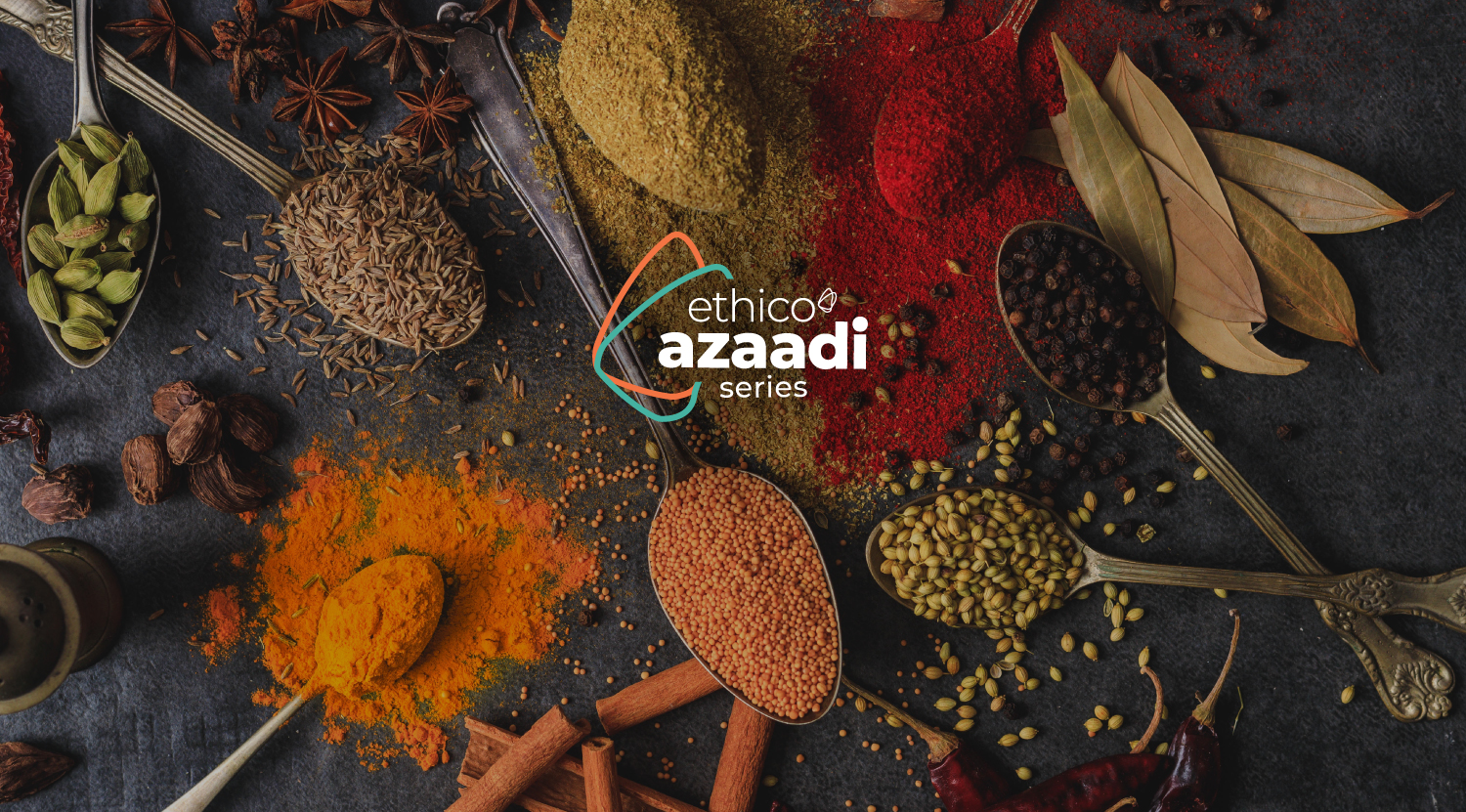
Amrita Amesur is a former corporate lawyer and is deeply…
The Indian subcontinent is the perfect example, to an almost fetishized extent, of a culture that is older than time. Being the cradle of one of the world’s oldest civilisations and home to rich folklore, there is plenty of reason to justify this view. India is the land of Ayurveda, yoga, ashwagandha and turmeric — all extremely successful exports to colonisers, for which its natives are yet to be compensated.
Why then are we walking so far away from its kaleidoscopic cultures, its abundant diverse produce from as many different terrains, climates and people? When everyone else wants a piece of our sun-drenched pie, much of the Indian cityscape is taken in by the gleaming air-conditioned supermarkets and abandoning its fresh markets. Ironically, upscale farmers’ markets have become a fixture of elite urban outings on lazy weekends as a counterculture to the hectic halls of supermarkets.
Farmers’ markets are a direct import of the picturesque spring and summer open markets of the West, appearing after months of hibernating in the dead of winter. Our cityfolk are looking for fresh produce, they say. But what is ‘fresh produce’ to an Indian city-dweller? It’s as though they forget that ours is a tropical country with unrestricted access to fresh markets through rain or shine. Our entire way of life in the subcontinent — religions, celebrations, festivals, mysticism, literature, cultural practices and eating habits — have revolved around abundant, hyperlocal, seasonal produce.
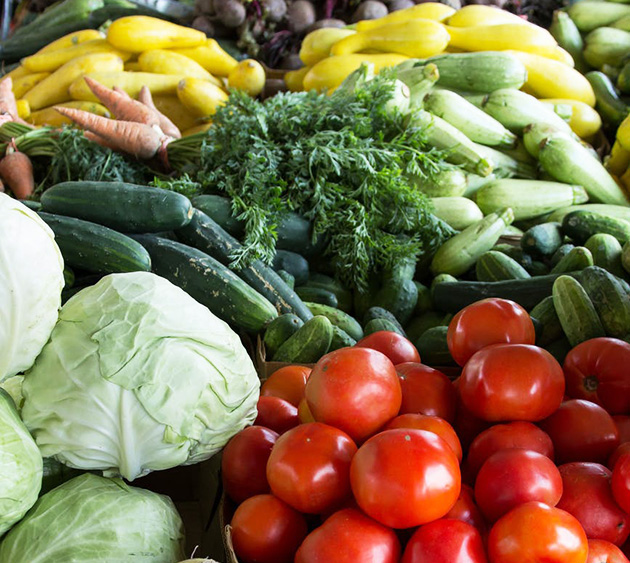
Several first world countries have for centuries been eating canned vegetables, preserved meats and fish, and fermented condiments – all techniques to combat the lack of harvest through the harsh winters. To them, the seasonal appearance of fresh produce is a reason to rejoice. However, it is a permanent fixture in most parts of India, supplemented by indigenous methods of preservation and fermentation, which have been perfected by our ancestors to suit our bodily constitutions and climate.
An urban professional at a farmers’ market is happy to pay a premium for a beautiful organic avocado and single origin craft coffee, but that same person will bargain with street-side vendors for cheaper fruits, robbing them of their already meagre earnings.
Of course, this is a systemic issue, a product of the capitalist system we live in. Through the scarcity mindset of the pre-liberalisation years, we have been taught to value “exotic” products over homegrown, without much analysis of their compatibility with our lifestyles and bodies. Take for example how prevalent the use of imported olive oil has become in even Indian middle class kitchens. And it is all at the cost of our kachi ghani milled indigenous oils. This is due to the expansive marketing budgets of olive oil companies targeted at a population that easily believes its own indigenous oils are inferior, thanks to multiple reasons, including incidents of poisoning among Indian populations due to the adulteration of local oils, and an FSSAI ban on the sale of loose, unpackaged oil.
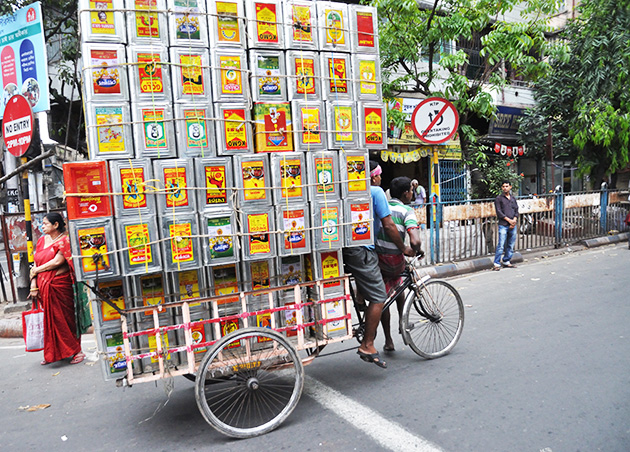
If you were to take a look at a menu of a café, bakery or a trendy restaurant, you would find homage to diets hailed by the Western world, from paleo and keto to vegan and gluten-free. Very often, these diets are blindly adopted by many without substantially evaluating the effects on their health.
A baby spinach salad with grilled meat is considered more virtuous than gloopy, cooked-down, paalak dal and rice. A sandwich is chosen over roti sabzi, kefir milk over home-made lassi or chhaas. Sauerkraut over home-made aachaar. It’s always shinier, more beautiful, less muddied than ours. They have the acceptance and endorsement of science and scientists, applied research, published theories and books, and marketing jargon, to which the subcontinent offers up dated grandma’s nuskas with vague or no explanation.
Better yet is the trend of repackaging Indian culture and selling it back to us, and it’s not just restricted to yoga. A 2016 piece in The Guardian gives examples of how after ghee, homemade yoghurt and coconut oil, turmeric is the newest South Asian pantry staple to become a trend in far-off places like the UK and the US. The author goes on to say: “While haldi doodh is seen as the kind of old-school, antiquated drink a well-meaning relative would foist upon you, the turmeric latte is a world apart.” And Indian companies are quick to market these West-endorsed foods to us in their cool new avatars.

Similarly, over the last few decades, we have forsaken millets, which were a large part of the Indian diet, and chosen the more aspirational rice as a staple. This society-wide acceptance and preference only for a certain crop or grain also pushes other crops with a lower market demand out of the running. Simply put, eating only one kind of rice and one kind of dal places the burden of production of a single dominant cash crop on the farming systems — a monocrop culture. This leads to a lack of diversity in our food, and in our soil, leading to a complete extinction of several hyperlocal grains, millets and produce, and all the inherent nutrition that came with it.
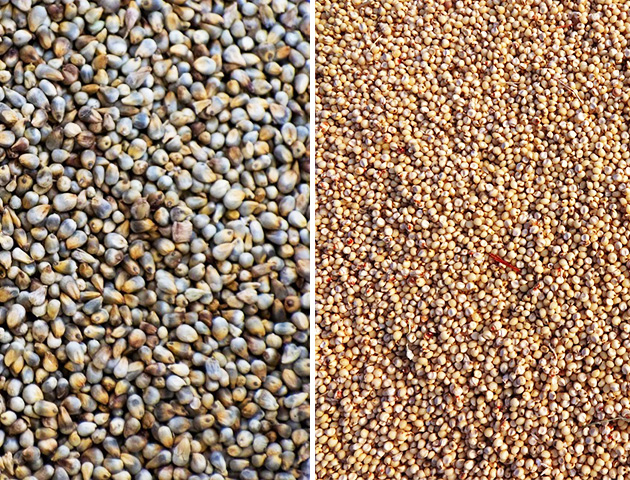
In the isles of Bombay, we have access to seasonal fish varieties and communities that turn vegetarian during the month of Shravan, thus giving aquatic species space to thrive during the breeding season. And yet, a lot of convenience seekers and restaurants continue to over-purchase the same preferred varieties of seafood, ignoring the danger to the sustainability of such fishing practices. Or even worse, they purchase the cheap, perennially available, contaminated basa — which comes to our shores from thousands of kilometres away. Basa is usually snapped up by restaurants because it is generally devoid of taste and smell, making it adaptable across cuisines. It also helps that it can easily be sold as an exotic, imported fish, despite being cheaply available.
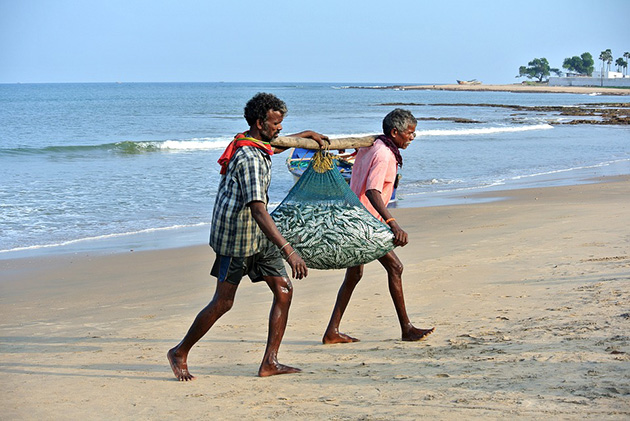
We are all complicit in the propagation of this troubling state of affairs, conditioned and predisposed to accept the narratives of corporations with profiteering (not health and sustainability) as their primary agenda. It’s time for a re-evaluation. We have much to learn and even more to unlearn.
Through this series of essays, together we will pave the path to sustainable eating practices, starting with those embedded in our own cultures. We will move away from modern day western realisations, leeching off eastern cultures and then branding them as their own. We need to decolonise our food, democratise our conversations around it, and place it at the intersection of environmental, economic and social sustainability. Eating sustainably is not and has never been a trend for us — it has always been our way of life. Trends don’t last, cultures do.
Amrita Amesur is a former corporate lawyer and is deeply passionate about food. She has spent the last few months dedicatedly scribing, studying and documenting all of her family’s food experiences while learning to develop her own voice as a cook and a writer. You can follow her adventures on Instagram.







